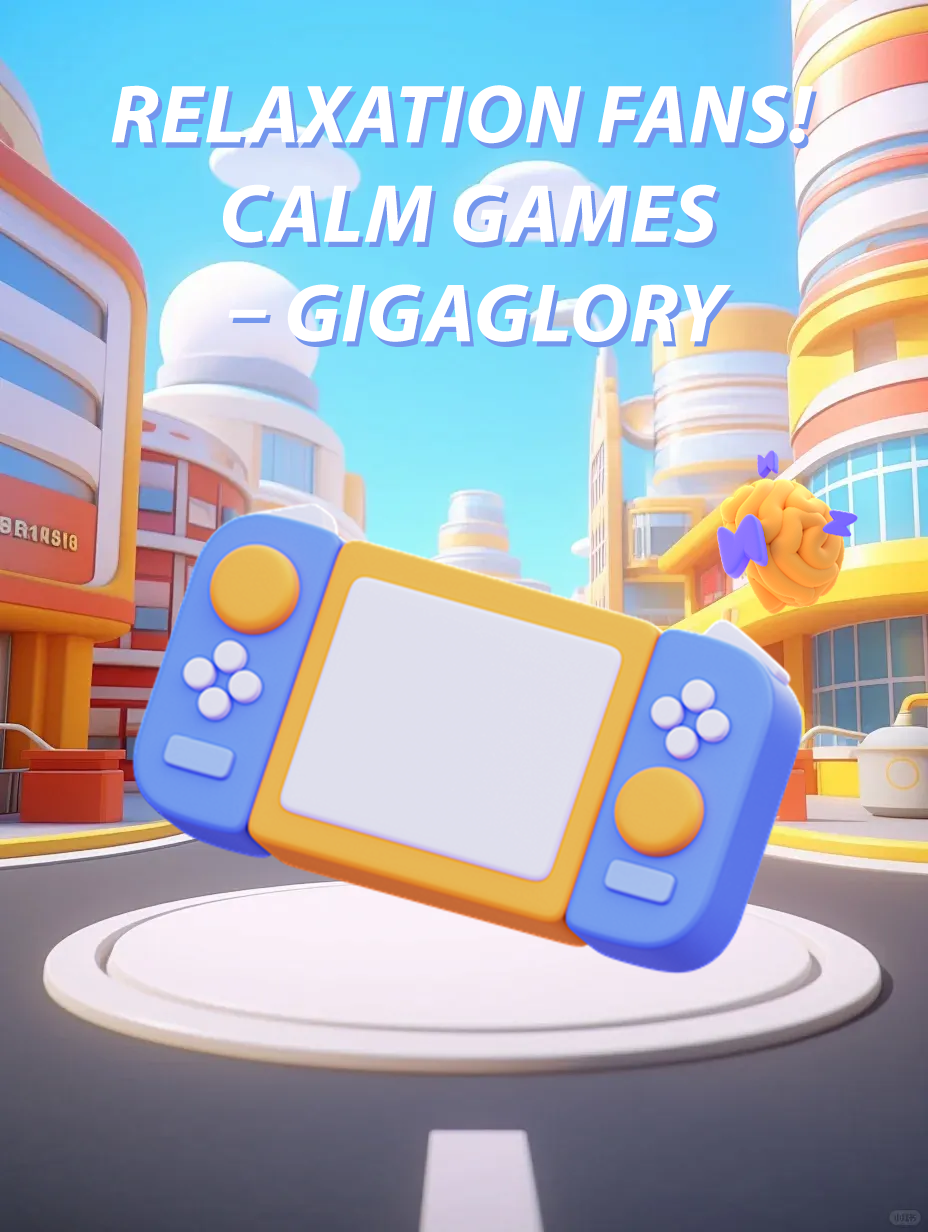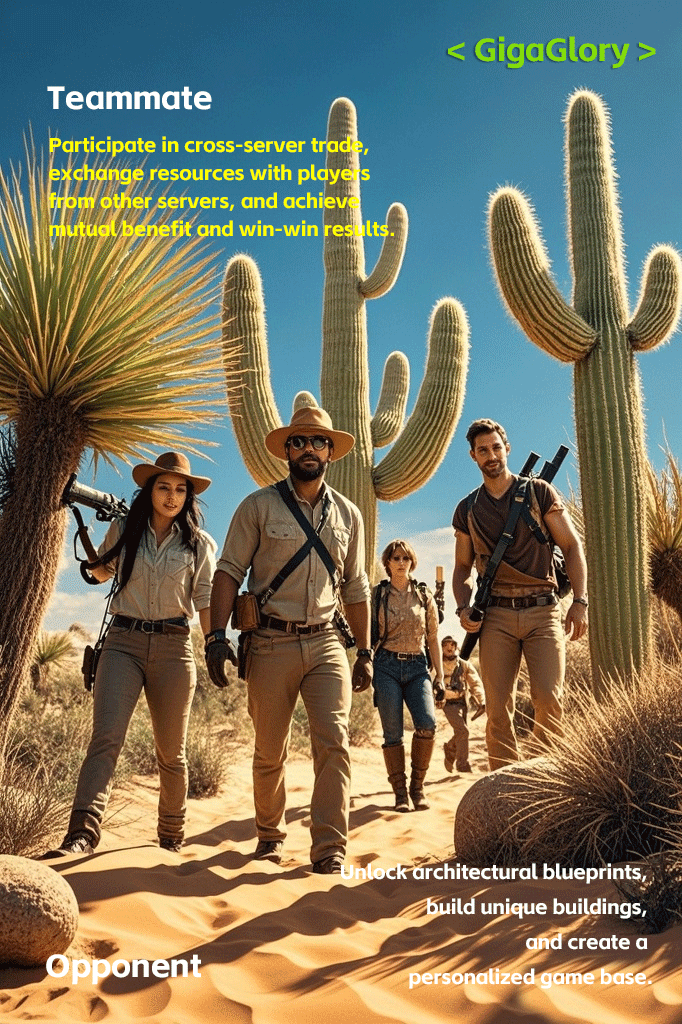Unlocking Creativity: How Building Games Are Transforming the Way We Play
In the realm of entertainment, few genres have captivated the imagination as profoundly as building games. With the ability to creatively express oneself, these games offer a unique blend of challenge, exploration, and social interaction. As players immerse themselves in virtual worlds, they aren’t just observers; they are architects, dreamers, and creators. Building games have gained immense popularity and are changing how we understand gameplay.
What Are Building Games?
At their core, building games allow players to construct, modify, and manage structures or entire environments. From crafting intricate homes to designing vast landscapes, these games often feature sandbox mechanics, where players face little to no restrictions. Games such as Minecraft and Fortnite have set the stage for this genre, allowing creativity to flourish in unlimited dimensions.
The Psychological Impact of Construction in Games
Why are players drawn to building games? Research suggests that the act of creating not only fosters a sense of accomplishment but also serves as a form of escapism. In environments riddled with challenges, players find solace in constructing something beautiful. Engaging with building games allows for:
- **Enhanced cognitive skills**: Planning and executing designs enhances problem-solving abilities.
- **Stress relief**: The meditative quality of building can lead to relaxation.
- **Community building**: Multiplayer modes encourage collaboration and sharing of ideas.
Dandelion Korok Puzzle in Tears of the Kingdom
One of the standout features of building games is their ability to incorporate puzzles and challenges. In the popular game Tears of the Kingdom, players must solve the Dandelion Korok Puzzle. This engaging challenge pushes players to think creatively, using the environment and their building skills to progress. It’s another reminder of how these games intertwine construction with adventure.
The Role of User-Generated Content
User-generated content is another vital aspect of building games. Developers recognize that the best ideas come from the community. Games that support mods or allow players to share their designs foster a robust ecosystem of creativity. For instance, Roblox empowers its users to create expansive game worlds, leading to unique gameplay experiences.
The Evolution of Cross-Play and Collaborative Building
Technology has further transformed the landscape of building games, particularly through cross-play capabilities like what is seen in Delta Force Hawk Ops. Cross-play allows players from various platforms to collaborate seamlessly, pushing the boundaries of what can be achieved in these virtual spaces. This evolution strengthens communities and enhances the gameplay experience.
Key Features That Define Building Games
Identifying what makes a building game successful involves examining several key features. Here's a breakdown:
| Feature | Description |
|---|---|
| **Customization** | Players can personalize elements to reflect their style. |
| **Exploration** | The world is vast, encouraging players to discover new resources. |
| **Interactivity** | Players can link their creations to game mechanics. |
| **Community Engagement** | Support for sharing and collaborating enhances creativity. |
Building Games and Education: A Creative Tool
Interestingly, building games have begun to carve out a niche within educational settings. Teachers utilize platforms like Minecraft: Education Edition to teach subjects ranging from math to history. This innovative approach turns traditional lessons into interactive experiences, leading to better understanding and preparation for real-life challenges.
Building Games and the Future of Gaming
The future of building games looks exceptionally promising. With augmented reality (AR) and virtual reality (VR) on the rise, we can expect even more immersive experiences. Imagine stepping into a world where your designs come to life around you! Developers are constantly experimenting with new mechanics and interactive elements that will only enlarge the scope of creativity.
Challenges and Considerations in Building Games
Despite the many advantages, building games face challenges. Player frustration can arise from poorly managed resources, overwhelming mechanics, or lack of direction. Game developers must strive for balance, ensuring that creativity is encouraged without becoming completely overwhelming. This involves a thoughtful design approach to player guidance and resource management.
Conclusion: The Transformative Power of Building Games
In conclusion, building games are reshaping how we play and interact within virtual environments. The creativity they unlock not only serves individual players but also fosters communities bound by shared experiences. As innovations like cross-play and educational applications emerge, they present unprecedented opportunities for engagement and growth. The evolution of building games is a testament to humanity's boundless creativity. As we continue to explore these virtual landscapes, it’s clear that they will play a significant role in the future of gaming. So, pick up a controller, unleash your imagination, and start building the world you’ve always dreamed of!



